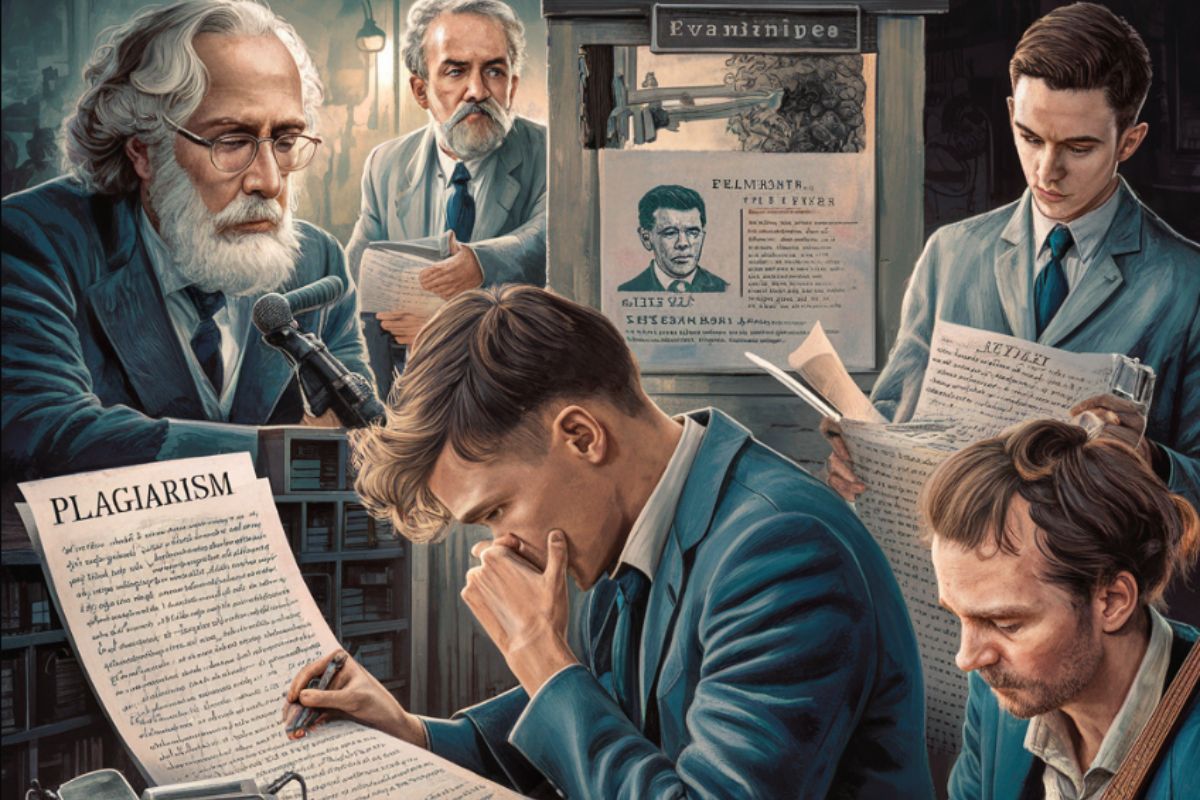You might think plagiarism only occurs in the classroom, but it actually happens everywhere.
Any type of plagiarism falls under the same pattern: using someone else’s work or ideas without giving proper credit.
So, someone who’s plagiarizing is basically claiming someone else’s work as their own.
It can happen in any field, and surprisingly, even famous and successful folks have fallen into this trap.
Imagine reading a book that you absolutely love, only to find out it’s copied from someone else’s material. There’s this sort of betrayal on the audience’s side.
That’s why the consequences for these plagiarists have been harsh—damaged reputations, legal troubles, and some serious career setbacks.
We’re here to retell them as cautionary tales.
Let’s dig deeper into some famous examples of plagiarism and how to avoid doing it yourself.
Protect your integrity and always make sure that your work is respected and original.
Key Takeaways:
- Plagiarism affects academia, journalism, literature, and entertainment alike.
- High-profile cases show how dishonesty can ruin careers and reputations.
- Examples include Senator John Walsh, Doris Kearns Goodwin, and Jayson Blair.
- Music, books, and speeches have also faced plagiarism scandals.
- Avoid plagiarism with tools like plagiarism checkers and proper citations.
- Humanizing AI content with Undetectable AI ensures authenticity and trust.
Plagiarism in Academia
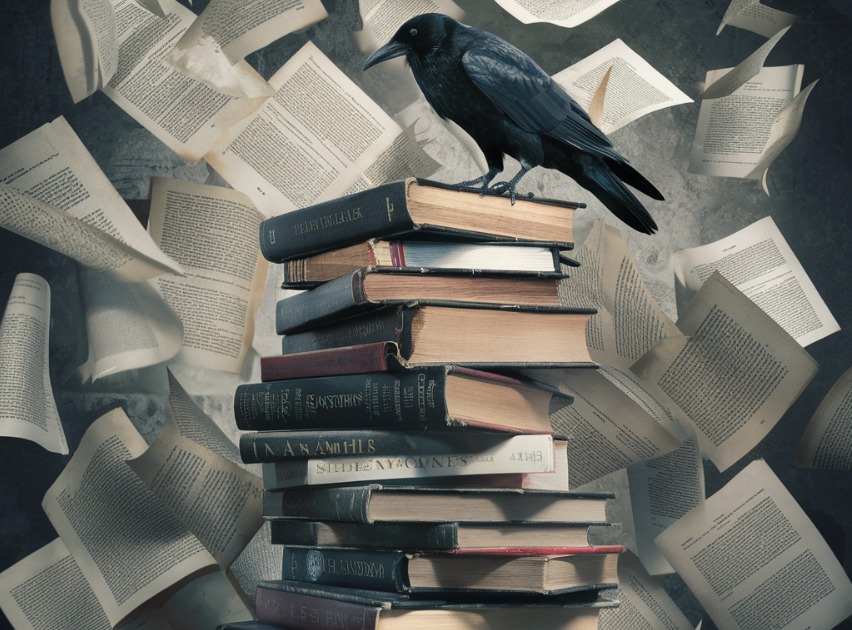
School is where most people assume plagiarism happens—and they’re right. More than half of students admit to having cheated on a test.
But academic plagiarism doesn’t just happen to students. Even professors and experts make this mistake.
This unethical practice hurts trust and integrity, both for the institution and the individual.
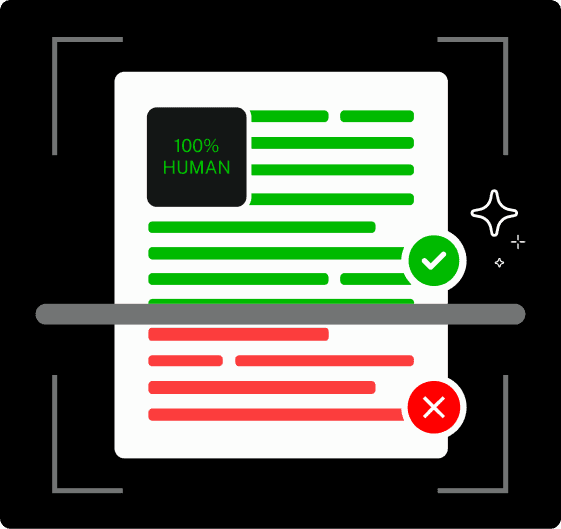
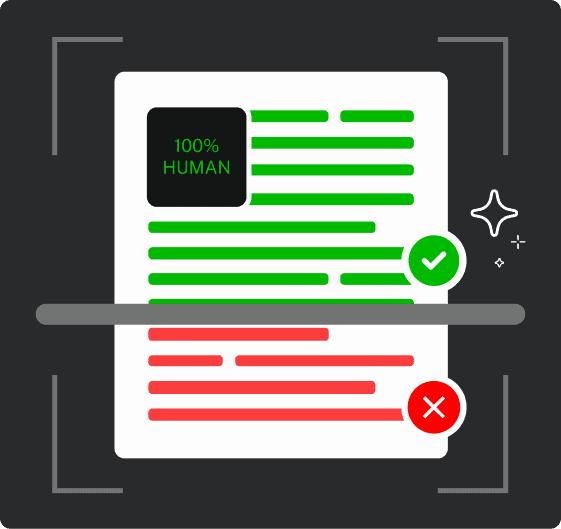
Never Worry About AI Detecting Your Texts Again. Undetectable AI Can Help You:
- Make your AI assisted writing appear human-like.
- Bypass all major AI detection tools with just one click.
- Use AI safely and confidently in school and work.
Maintaining honesty in schools depends on being aware of these things.
Senator John Walsh: Master’s Thesis Plagiarism
In 2007, Senator John Walsh of Montana submitted the final paper required for his master’s degree from the United States Army War College.
Two-thirds of his thesis on Middle East policy was copied from other sources without proper credit.
Walsh may have referenced these sources in the footnotes but failed to use quotation marks for direct quotes.
This academic dishonesty led the U.S. Army War College to revoke Walsh’s master’s degree.
The scandal had a huge negative impact on his political career, ultimately forcing him to withdraw from his re-election campaign in August 2014.
Doris Kearns Goodwin: Accusations Against the Historian
Even one of America’s most famous historians isn’t free of plagiarism scandal.
Doris Kearns Goodwin, a Harvard University professor and award-winning author, got caught in controversy over her book “The Fitzgeralds and the Kennedys.”
Goodwin was accused of plagiarizing multiple parts of Lynne McTaggart’s biography of Kathleen Kennedy.
Further investigation has revealed that Goodwin did, in fact, borrow up to 50 passages from McTaggart’s work without giving her proper credit. It led to a financial settlement in the 1980s.
Despite her claims that these incidents were done accidentally, most critics were not convinced. The controversy led Goodwin to resign as a Pulitzer Prize judge.
Plagiarism in Journalism
Although it’s not exactly a criminal offense, plagiarism in journalism is a serious issue.
It can happen in different ways:
- Copying sections of an article
- Paraphrasing without giving proper credit
- Failing to cite sources for quotes and other information
When discovered, it can lead to complete loss of public trust and legal trouble for the journalist involved.
Jayson Blair: New York Times Scandal
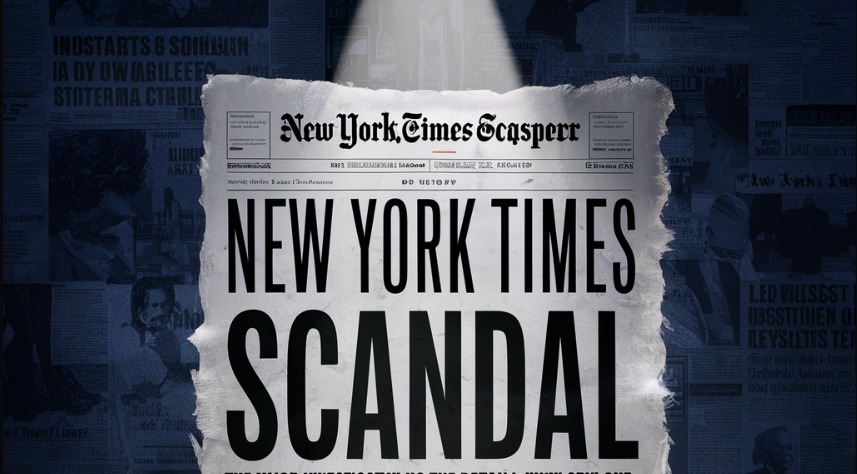
Jayson Blair is perhaps one of the most infamous plagiarists in journalism history.
In 2003, Blair was exposed for plagiarizing other works and inventing facts in numerous stories published by The Times.
This scandal has also severely tarnished the reputation of this prestigious newspaper at the time.
The backlash resulting from Blair’s actions turned The Times newsroom into a public spectacle.
Every major news outlet covered the scandal in detail. The consequences were so severe that they needed representatives for their staff at all levels.
Fareed Zakaria: Accusations and Temporary Suspension
Former CNN host and Time magazine contributing editor-at-large Fareed Zakaria faced plagiarism charges in 2012.
Zakaria was found to have included plagiarized passages in his Time magazine article, “The Case for Gun Control.”
It was said to have been copied from an already published New Yorker article in April.
Although Zakaria apologized for the oversight, Time magazine felt it necessary to suspend him for integrity’s sake.
They cited that this is ultimately a violation of their standards that apply to all columnists.
This highlighted the importance of maintaining high ethical standards in journalism and the serious consequences of those who fail to do so.
Plagiarism in Literature

Unlike academic plagiarism, which copies specific texts, literary plagiarism usually involves copying another author’s unique plot, character, or even a specific writing style without giving proper credit.
Let’s shed light on how these huge plagiarism scandals occurred and the consequences that followed.
Kaavya Viswanathan: How Opal Mehta Got Kissed, Got Wild, and Got a Life
Kaavya Viswanathan faced a major scandal with her coming-of-age novel How Opal Mehta Got Kissed, Got Wild, and Got a Life.
The Harvard sophomore’s book was recalled from bookstores after passages were found to be plagiarized.
The novel initially climbed rather quickly to the bestseller list, but it followed closely behind Megan McCafferty’s young adult series.
And just days after its publication in April 2006, the Harvard Crimson revealed that Viswanathan had plagiarized several portions of McCafferty’s works.
Viswanathan claimed that the plagiarism was unintentional. She mentioned how she ‘unconsciously’ incorporated McCafferty’s work into her own.
Even so, it’s too late. The controversy already damaged her reputation and career.
Alex Haley: Roots Controversy
Alex Haley, the celebrated author of the Pulitzer Prize-winning book Roots, claimed it was purely based on his own family history.
But, it was revealed to have plagiarized parts of an earlier book called The African by Harold Courlander.
Haley settled a high-profile lawsuit by admitting his book contained material from the lesser-known novel published nine years earlier.
Roots, published in 1976, achieved massive success, selling millions of copies and inspiring a popular television series.
The African, meanwhile, only sold around 140,000 copies.
Plagiarism in Entertainment
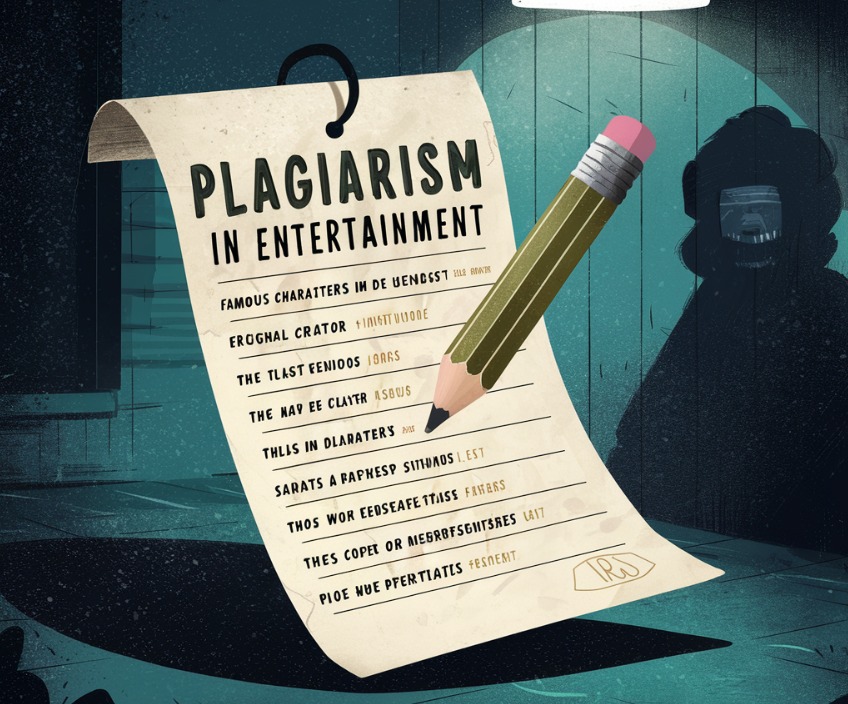
Plagiarism isn’t just limited to books and academic texts. It comes in many forms, including the world of entertainment.
The entertainment industry is all about creativity and is vulnerable to plagiarism.
Melania Trump: 2016 Republican National Convention Speech
One of the most infamous controversies happened at the 2016 Republican National Convention, when Melania Trump, wife of then-presidential candidate Donald Trump, gave an introductory speech that was accused of plagiarism.
There were striking similarities between Melania’s speech and Michelle Obama’s 2008 Democratic
National Convention address. Although it’s not stated as a direct copy, the sections that were questioned were quite similar in wording, structure, and themes.
This controversy quickly overshadowed Melania’s national introduction.
Republican National Committee Chairman Reince Priebus even suggested that the speechwriter involved would lose their job—without blaming Melania for the mishap.
“Blurred Lines” Lawsuit Involving Robin Thicke and Pharrell Williams
You might have heard of “Blurred Lines,” not just as a popular song but as one of the major plagiarism cases that went to court.
Robin Thicke and Pharrell Williams co-produced the hit single in 2013. It generated over $16 million in sales and streaming revenues.
But despite its success, the song sparked controversy because of its uncanny resemblance to Marvin Gaye’s 1977 hit “Got to Give It Up.”
The estate then sued Thicke and Williams. The court ultimately ruled in favor of Gaye’s estate for a settlement of $5 million.
How Do You Avoid Plagiarism? Use These Tips To Prevent the Consequences and Dangers of Plagiarism
As you can see, plagiarism is a serious offense that can have far-reaching consequences in academic, professional, and creative circles.
Whether unintentional or deliberate, it doesn’t matter. Failing to properly credit sources can severely damage reputations and legal standing.
Being careful pays off. Make sure you follow these guidelines to protect your credibility and still achieve success.
Use a Plagiarism Checker
A plagiarism checker is an important tool for writers and content creators to make sure that their work is original and properly attributed.
It works by scanning written content through a huge database of existing texts.
The tool then detects similarities and potential plagiarism, saving you a lot of trouble.
Alongside a plagiarism checker, consider using an AI detector. AI is here, and it’s unavoidable.
Even content creators are now using it to be more efficient with their work.
That’s not wrong, but while AI tools can enhance your productivity, they also come with risks like AI Plagiarism.
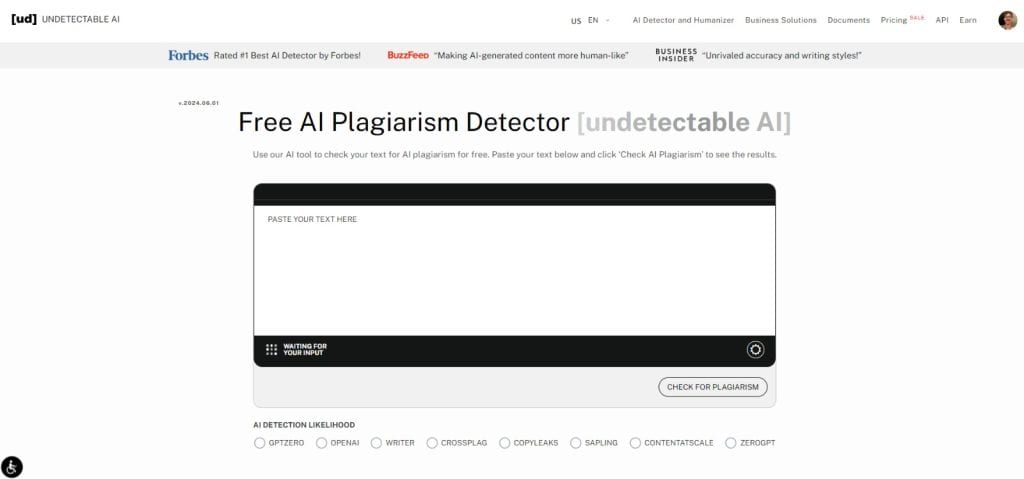
Undetectable AI, recommended as the top AI detector by Forbes, does the trick. This reliable detector ensures that your content remains original by identifying any text generated by AI.
You can then fix your work ahead of time and pass the other detectors, protecting the work you’ve done.
Cite Your Sources
Proper citation is a great and necessary practice that gives credit to the original authors while also supporting the credibility of your own work.
When citing sources, follow specific formatting styles like APA, MLA, or Chicago to properly document where the information and ideas you use first came from.
Citing your sources not only promotes professionalism, but also helps readers find and verify the sources that you’ve used.
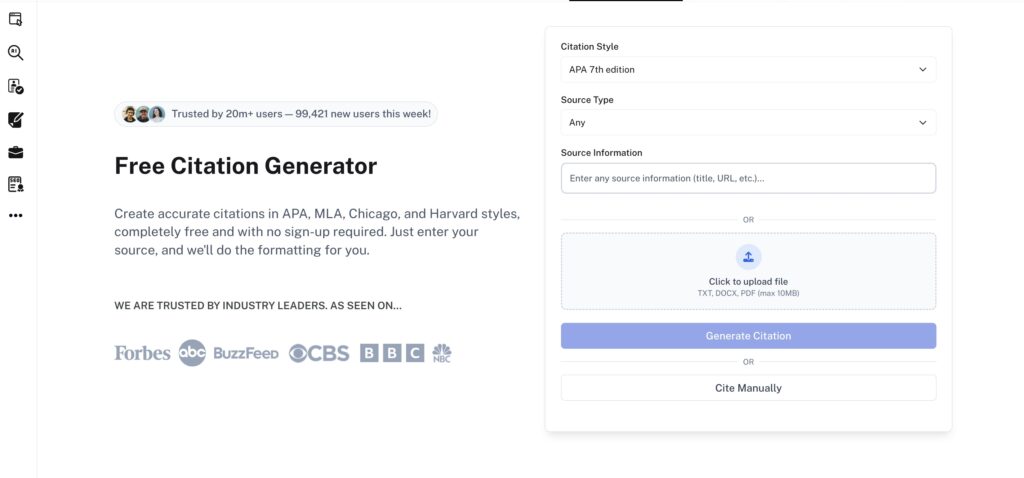
To make citation easy and error-free, try the Undetectable AI Citation Generator. It’s a fast way to credit your sources properly and avoid the kind of mistakes that lead to real-life plagiarism scandals.
Humanize Your Work When Using AI
As you use AI, you also need to make sure it stays authentic. Humanizing AI-generated content refines the outputs made by AI to always match human writing.
This is important because being detected for AI use can damage credibility and trust.
Responsible AI use includes using tools like Undetectable AI Humanizer, which helps you adjust AI-generated content to always ring true.
Having a humanizer maintains authenticity while enabling you to streamline your content creation process using AI.
Keep in mind that AI tools should only assist with content creation. In the end, any work you do still has to be yours.
Detect AI patterns and humanize your writing in seconds. Use the widget below.
Conclusion
Knowing these examples of plagiarism, we are reminded of how intellectual dishonesty can seriously backfire.
Learning from the dangers of plagiarism not only shows how important integrity is but also how careful we need to be.
With proper citation practices, plagiarism checkers, and using AI responsibly, we can honor the work of others and truly make our works our own.
Undetectable AI makes this easier with its Humanizer, Citation Generator, and AI Plagiarism Checker, helping you stay original, accurate, and authentic.
Let these lessons guide us to a future where originality and integrity matter most.
Try Undetectable AI today and write with confidence.
